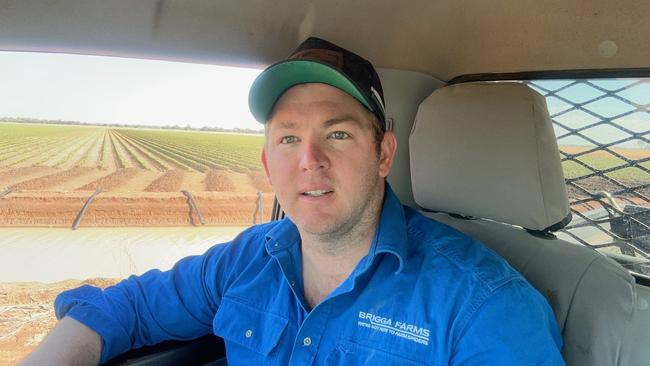Spray drift woes hamper cotton industry
Farmers are on high alert over spray drift concerns after more than one hundred warning letters were issued in NSW.
The cotton industry is on high alert with 130 warning letters issued to growers due to herbicide spray drift, which can wipe out neighbouring crops.
There are currently 15 investigations into spray drift being conducted by the NSW Environment Protection Authority, and maximum penalties amount to a $250,000 fine for a company.
However, those in the industry say the damage far exceeds the penalty.
NSW Farmers ag science committee chairman and ChemCert trainer Alan Brown said spray drift was a massive problem.
Mr Brown is also an insurance consultant and has witnessed first-hand large-scale damage from spray drift.
“I did one claim last year that was well over $100,000,” he said.
“Ultimately, it’s the industry that will wear costs from spray drift, and there is always the further risk of higher insurance premiums, too,” he said.
Mr Brown said spray drift affected all crops and was prevalent in the cotton industry.
Much of the damage traces back to a herbicide known as 2,4-dichlorophenoxyacetic acid.
“The key point is this is all avoidable if people understand the importance weather conditions have on spray drift,” he said.
Mr Brown said spray drift occurred when herbicides were applied by air or with spray rigs. However, he commended many of the aeriel sprayers for their ability to gauge the weather conditions and negate the risk.

Coleambally, NSW cotton grower Joe Briggs said that growers needed to be on the front foot about spray drift.
“We need these chemicals in our farming systems (2,4-D), and nobody wants to see them banned, so it’s important growers do the right thing,” he said.
Cotton Australia chief executive officer Adam Kay said it wasn’t just cotton growers who suffered crop losses from spray drift.
NSW EPA has investigations underway at Griffith, Narromine, Carrathool, Moree, Forbes, Warren and Yallaroi, plus 130 letters have been sent to growers.




